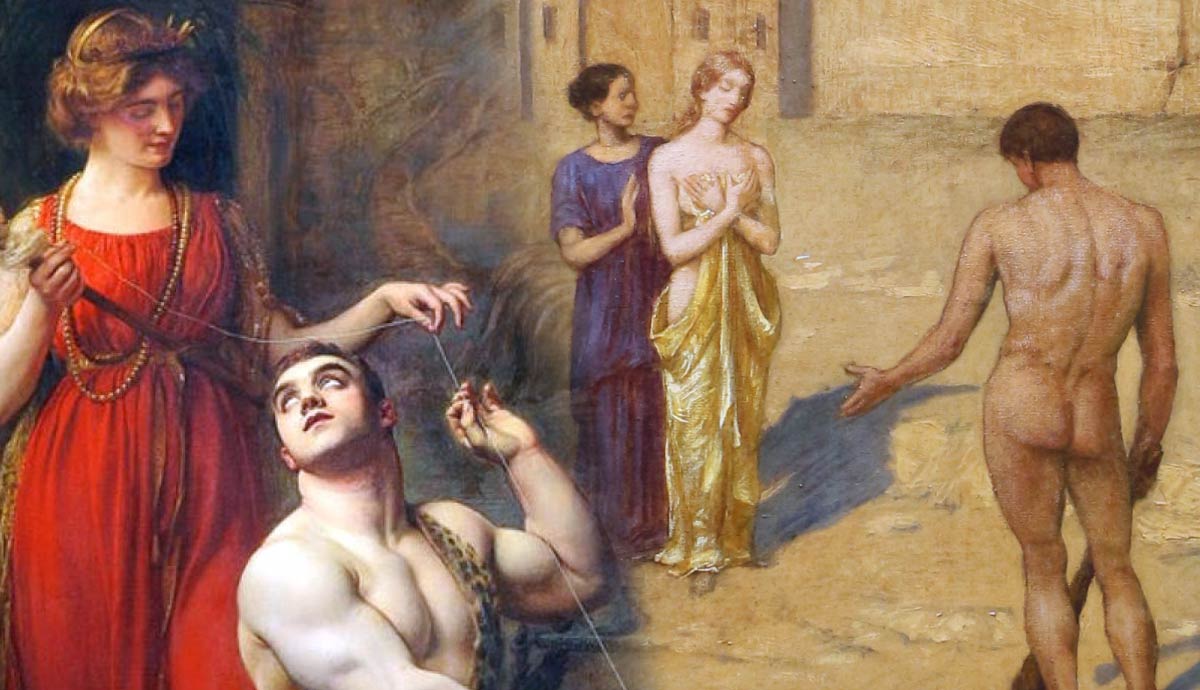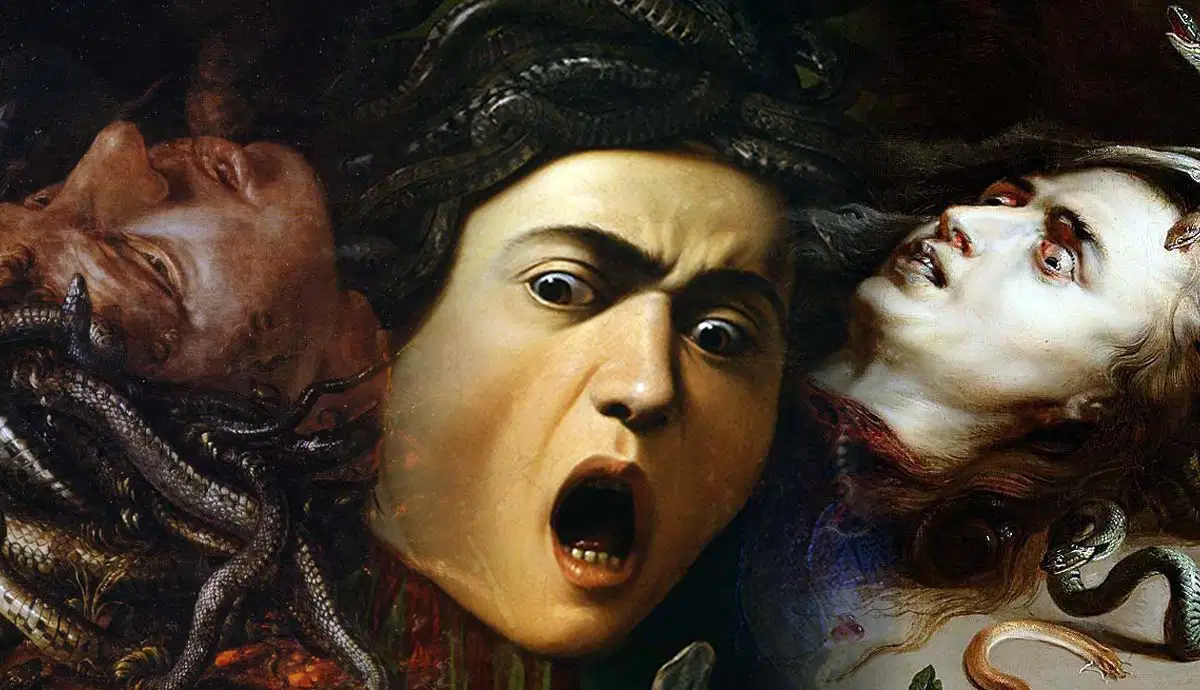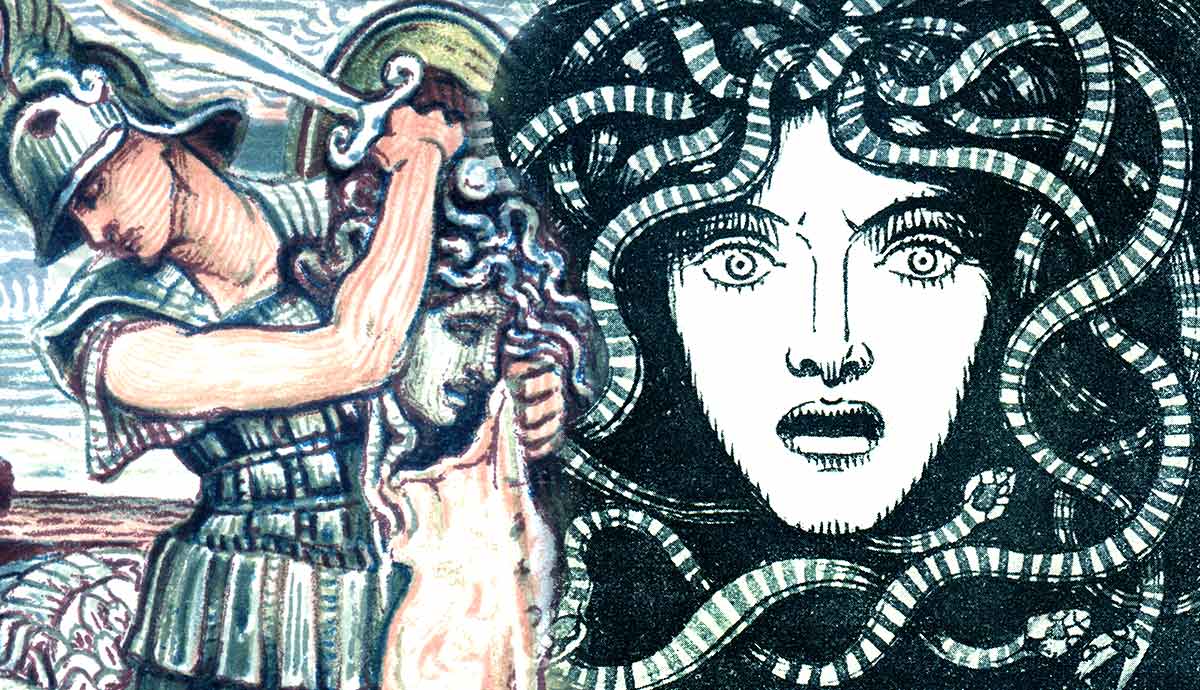
summary
- Origin Story: Medusa was a beautiful woman who was transformed into a monster by a vengeful Athena.
- Monstrous Appearance: Medusa had hair made of snakes and terrifying eyes that could turn a person to stone with a single glance.
- Death of Medusa: Perseus killed Medusa with divine weapons, including a mirrored shield to avoid her terrible gaze.
- Powerful Weapon: Perseus used Medusa’s head to petrify his enemies, and Athena later wore it on her Aegis.
In Greek mythology, Medusa emerges as a powerful and nightmarish figure, symbolizing the dangers of femininity. Once a beautiful woman, out of spite, she was transformed by the goddess Athena into a monster with snakes for hair and a terrible gaze that could petrify all she looked upon. Athena then orchestrated for the hero Perseus to kill Medusa, and claimed her head as a final trophy. Medusa has fascinated throughout history, depicted in her terrible glory at the temple of Artemis in Corfu by the ancient Greeks and in the famous Medusa of the 16th-century Italian artist Caravaggio. Today, she is often inserted into modern retellings of Greek legends to add menace to the story. Why is the story of Medusa so compelling? Find out with nine fascinating facts about the beauty turned beast.
1. Medusa Was Beautiful Before Turning into a Monster

According to the Medusa myth, before turning into the famous monster, Medusa was a beautiful, attractive young woman. To her bad luck, she was attractive enough to become Poseidon‘s object of desire. According to the Roman poet Ovid, the god of the sea seduced Medusa inside a temple of Athena. Many scholars argue that Medusa and Poseidon’s relationship was non-consensual. However, this element of the tale seems to have been introduced by Ovid, as it is not mentioned in any of the earlier sources from ancient Greece. Only Ovid talks about the sea god violating the young woman, and not everyone agrees with this translation of the original text.
2. Athena Turned Medusa Into a Beast
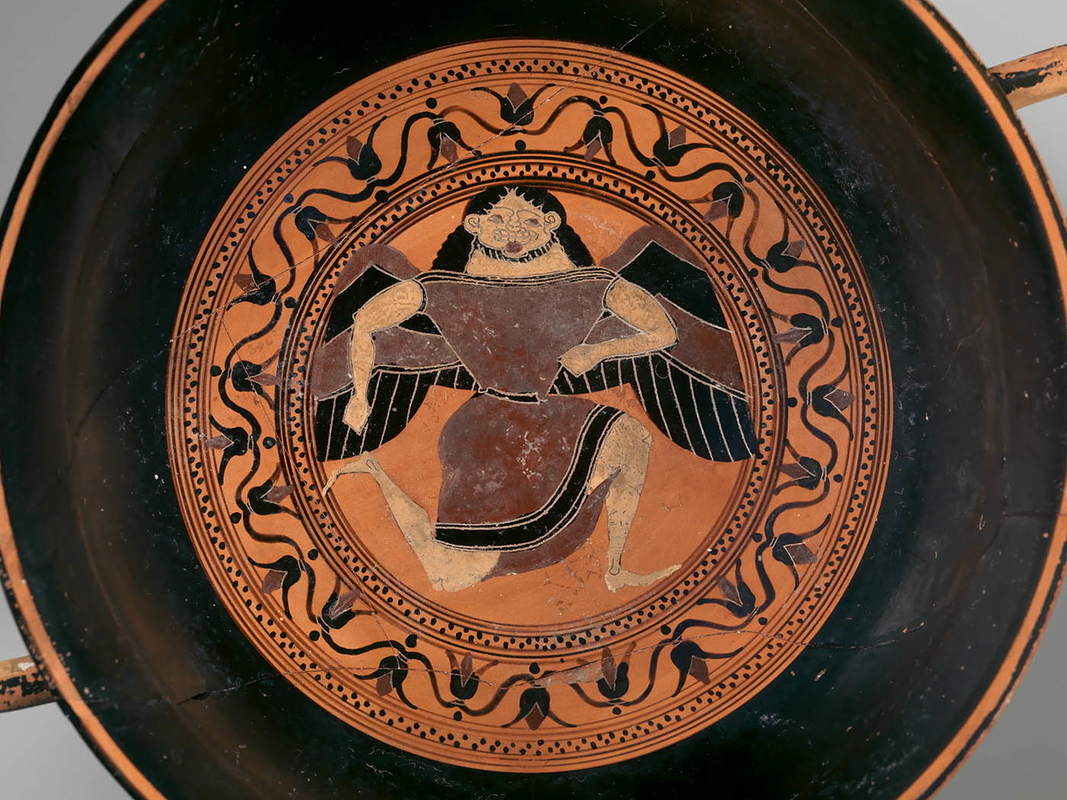
In any case, Athena had to avenge the desecration of her house. However, Poseidon was immortal and older than her, so Athena turned her wrath on Medusa. Consequently, Athena turned Medusa from a beautiful maiden into a hideous beast, unable to stare someone in the eye without turning them into stone. The hair that once attracted compliments, the source of her beauty, turned into venomous snakes. Medusa had become a Gorgon.
3. She Was One of the Three Gorgons
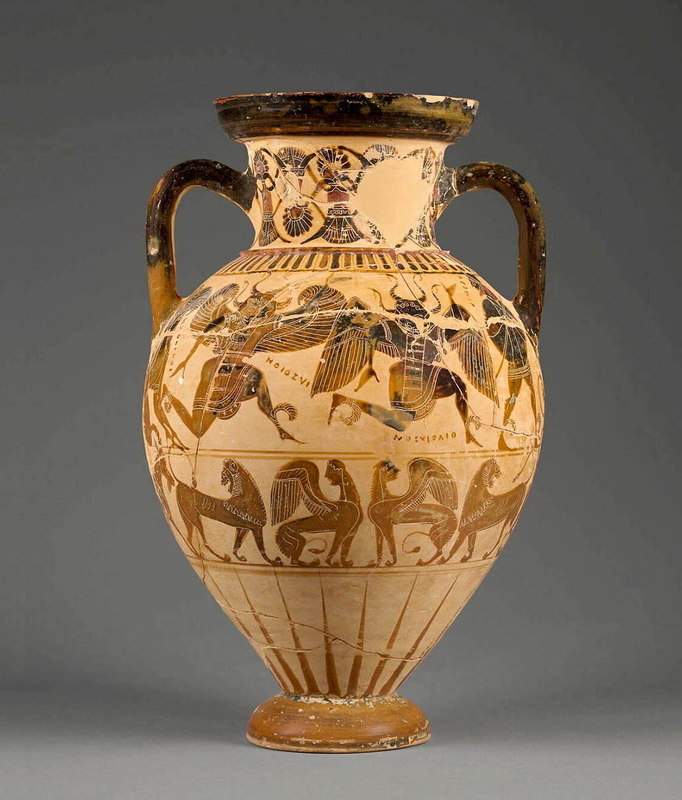
Medusa had two sisters named Stheno and Euryale. The three of them were known as the Gorgons in Greek Myth. In some versions of the myth, their parents were the sea god Phorcys and Keto, and Athena was not involved in the creation of Medusa.
Not much is known about the two other Gorgon sisters other than that they were two immortal sisters, whereas Medusa was not. Presumably, Medusa was mortal to serve the storyline, as Perseus could not have taken her life (and head) otherwise.
Although the sources do not mention what the other Gorgons looked like, we can assume that their appearance was similar to Medusa’s. At least, that is how ancient artists depicted them. Interestingly, in many of these early depictions, the Gorgons had wings. However, the representations of the Gorgons would change with time.
4. Medusa’s Appearance Changed Throughout the Centuries

There are many different versions of Medusa’s tale, from Archaic Greece to Late Antiquity. These different versions not only record different storylines but also offer varying descriptions of Medusa’s appearance.
The Library of Apollodorus was written in the 2nd century CE and is considered one of the canonical versions of Medusa’s story. Apollodorus wrote that the Gorgons had “the scales of dragons tusks like swine’s and golden wings by which they flew”.
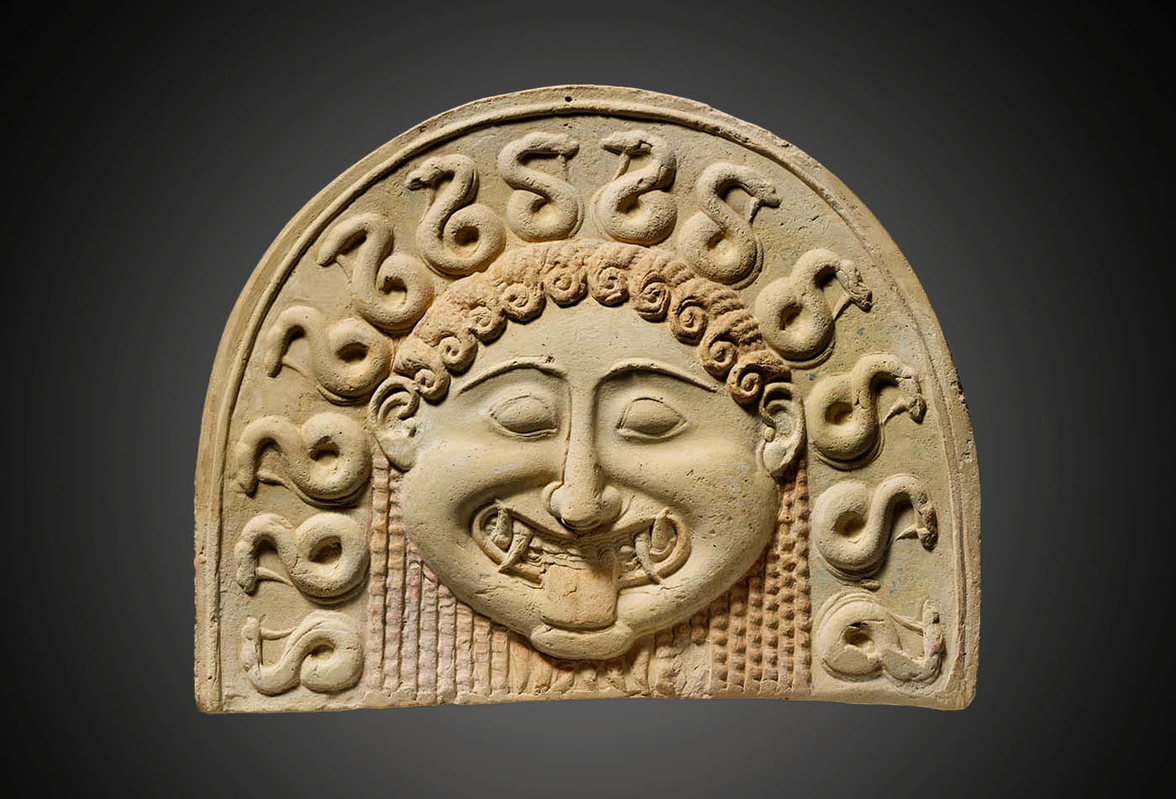
In the Archaic Greek Period, Medusa’s head was a popular decoration found on houses, temples, and various objects, including ceramics. Known as the gorgoneion, this decoration was typically a cartoonish spherical head with big, wide eyes and an open mouth with tongue and tusks showing. However, a gorgoneion was not just decorative. The head of the Medusa was a powerful symbol that warded off evil and offered protection.
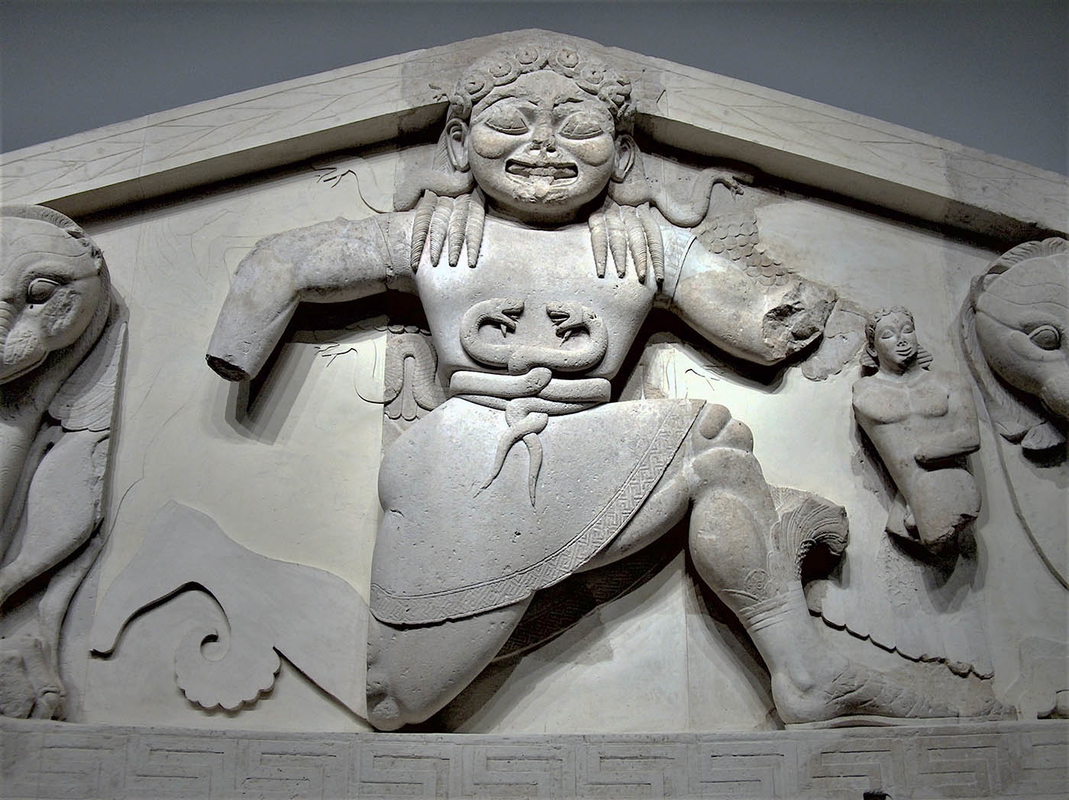
For centuries, Medusa’s head would be represented as unnaturally large and round, bringing to mind Pindar’s Pythian Ode 12, where the Greek poet spoke of the “fair cheeked Medusa.” A classic depiction of Medusa is seen at the temple of Artemis in Corfu, dating to the 6th century BCE (see image above).
From the Hellenistic Period onward, artists reimagined Medusa as a woman with slightly different eyes and snakes for hair. With time, Medusa transitioned from a horrible beast to a dangerously beautiful woman, which is the way she eventually became represented in 20th and 21st-century visual art.
5. Athena Hated Her
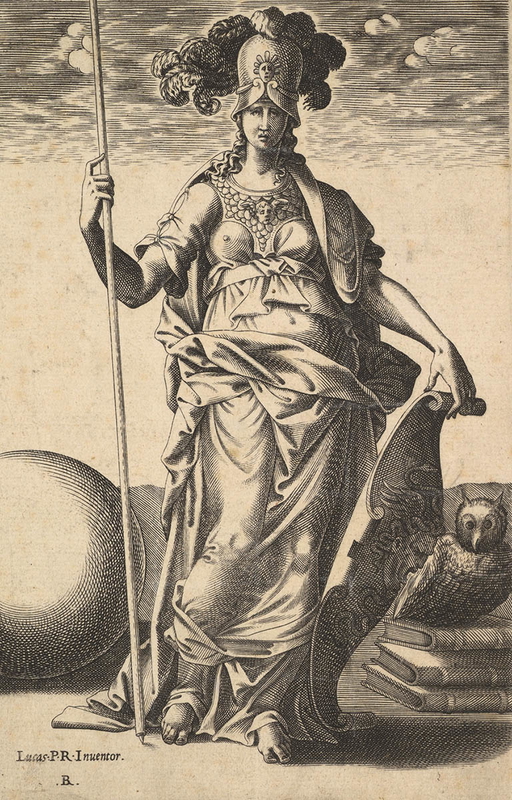
If you thought that Athena was done with Medusa after turning her into a Gorgon, you are mistaken. Though she was the goddess of wisdom, Athena was a legendary example of cold-bloodedness and cruelty, even for a Greek deity.
When the hero Perseus was tasked with bringing Medusa’s head to the king of Seriphos, Polydektes, Athena gladly offered her help. In the end, Perseus successfully slayed Medusa, but was he really the one who killed her? If we examine the myth closely, we will realize that Athena was the true mastermind.
6. Perseus Took Medusa’s Head
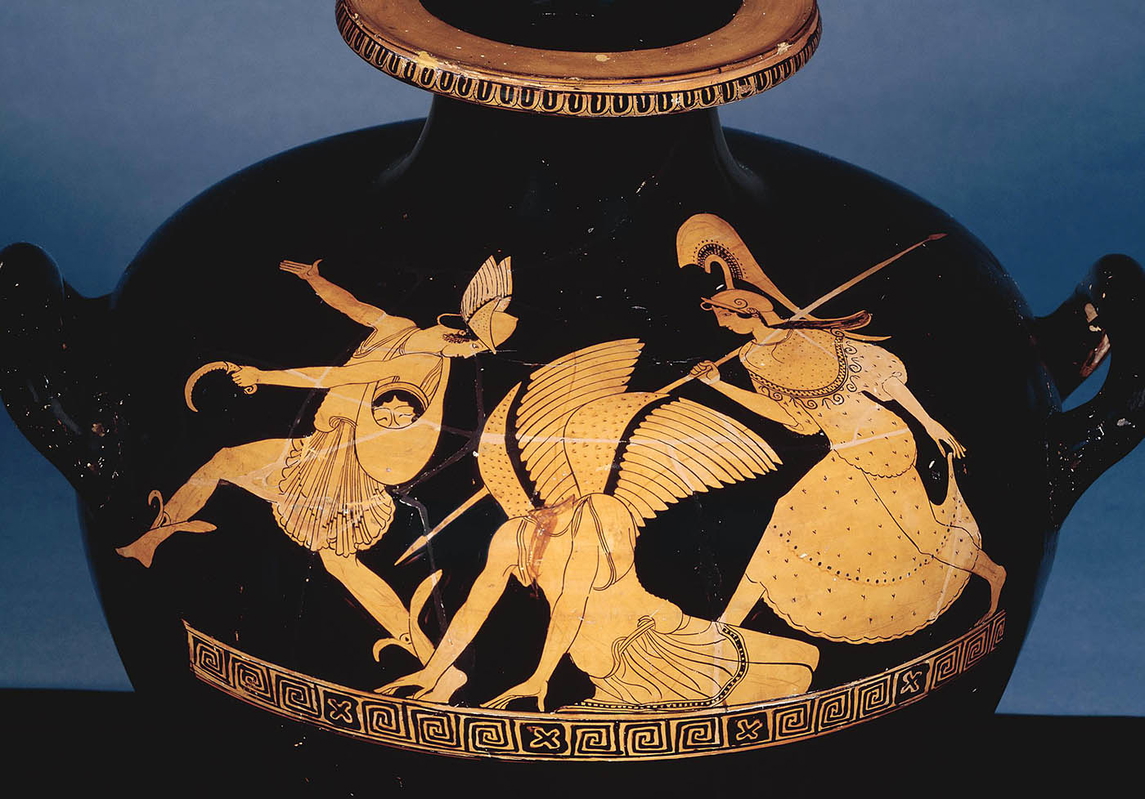
In the myth, Perseus was tricked by the king of Serifos, Polydektes, to bring Medusa’s head as a gift to the king’s wedding. Perseus set out to find Medusa, but her location was a secret. Without unexpected help from Athena, Perseus would have been completely clueless as to where to find the beast. However, Athena guided him to three old women known as the Graeae. They shared a single eye, which they passed between them. Perseus snatched the eye and held in ransom for information on the whereabouts of the Stygian nymphs, deities who equipped Perseus with a range of gadgets that even James Bond would envy: an adamantine sickle, a kibisis (i.e. a bag or wallet to place Medusa’s head), the helmet of Hades, which turn its wearer invisible, and a set of winged sandals lent by Hermes. Additionally, Athena gave Perseus a highly polished mirrored shield. Every single item would play its part in what was to come.
Perseus left the nymphs for the cave where the Gorgons, Medusa and her sisters, resided. There he found his target asleep. Approaching silently, he turned his back to the monster, avoiding looking at her directly. Using his golden sword or the shield that Athena had given him as a mirror, he managed to sneak close to his target and decapitate her with his sickle. With swift moves, he took the head, placed it in his bag, used Hades’ helmet to become invisible, and flew away with his winged sandals. The Gorgons chased after him, but Perseus was invisible and as fast as the wind.
7. She Gave Birth to Pegasus
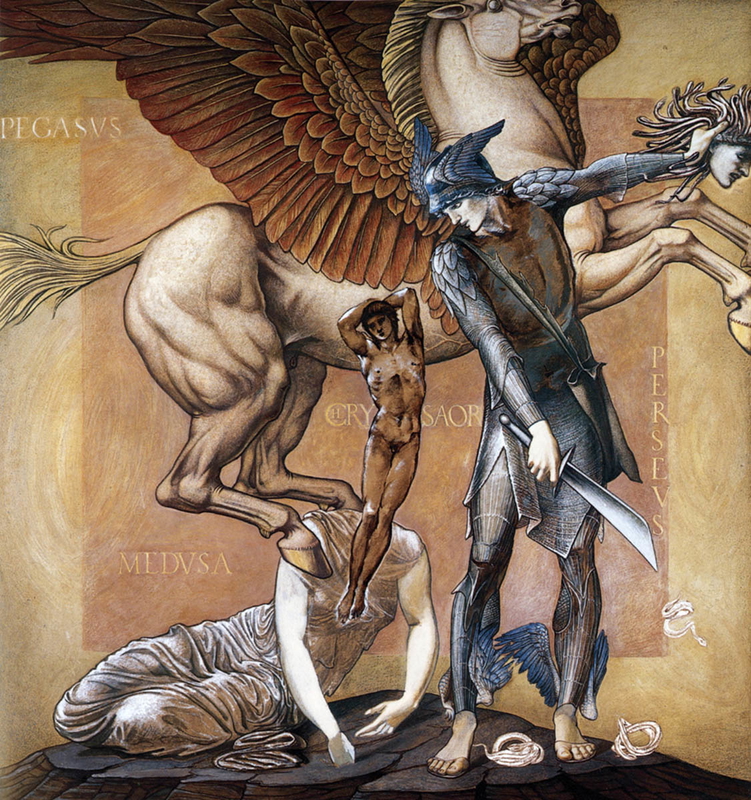
When Perseus took Medusa’s head, something extraordinary happened: two children sprang from the opening, obviously offspring of Poseidon. These were Chrysaor and Pegasus. Chrysaor became the father of the three-headed (or three-bodied) giant Geryon, mainly known for his fight with Heracles. Pegasus was a winged horse and one of the most famous mythological beings. So why did Gorgon Medusa give birth to a horse? Probably because Poseidon was, among other things, the god of the horses.
8. Medusa’s Head Retained Its Powers Even After Medusa’s Death
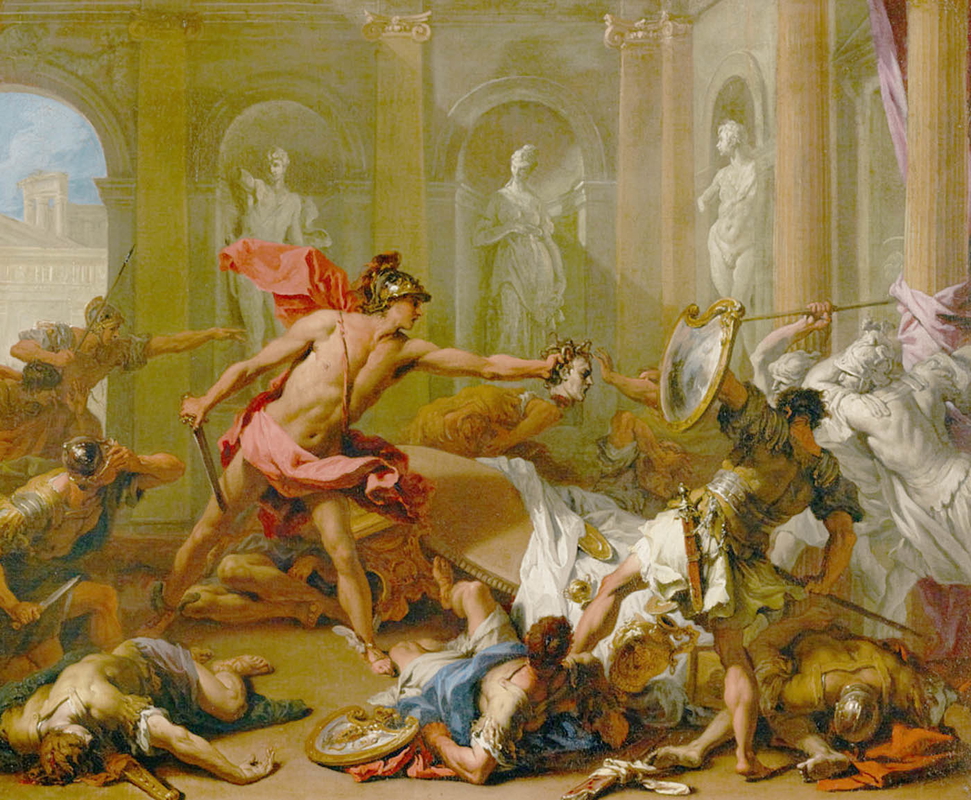
Perseus carried Medusa’s head to present it to Polydektes, the king of the Greek island of Seriphos. On the way back, he encountered many dangers, and if it was not for Medusa’s head, he would not have made it back to his home on the island of Seriphos.
The first time Perseus used the head was against the titan Atlas. When the titan saw the head, he was petrified, turning into the Atlas Mountains of northern Africa. Next, Perseus passed from Aethiopia, where he fell in love with Andromeda, who was being threatened by the sea monster known as Keto. Perseus turned the monster into stone with Medusa’s head and then did the same with a suitor of Andromeda named Phineus.
When he finally arrived at Seriphos, Perseus raised the severed head once more to kill Polydektes, the king of the island, who was trying to marry Perseus’ mother, Danae, against her will.
9. Athena Wore Gorgon Medusa’s Head on Her Aegis
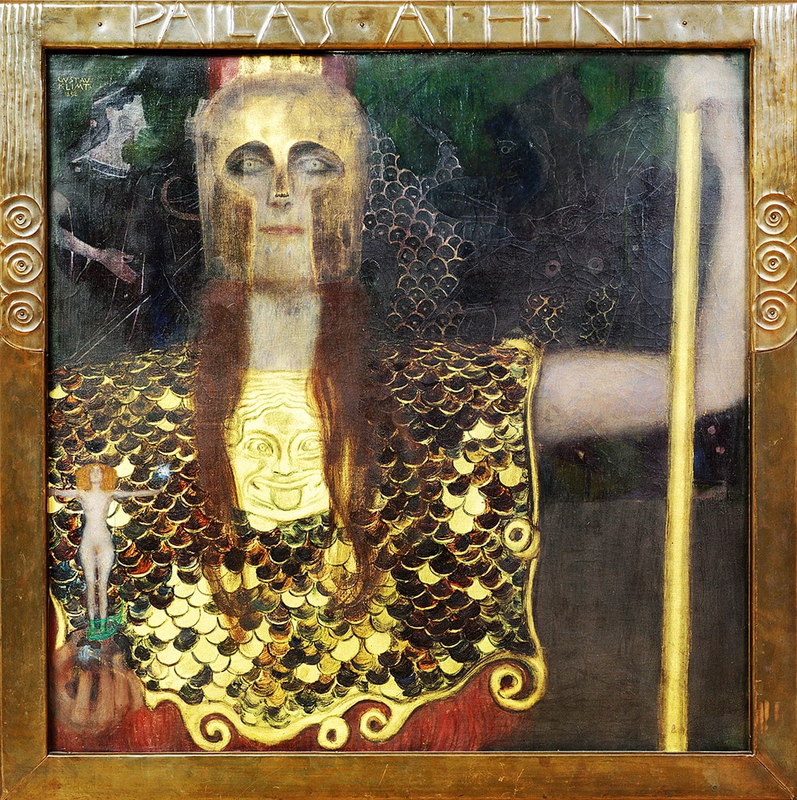
After Perseus returned to Seriphos, his mission was complete. There was no reason for him to carry Medusa’s head any longer. Besides, Athena was now interested in it. The goddess of wisdom took the head of her sworn enemy and placed it either on her aegis (shield) or armor. This way, she appropriated Medusa’s powers and proclaimed her ultimate triumph over her rival.
Athena, the goddess symbolizing female chastity and virtue within the deeply patriarchal Greek society, had finally exterminated the threat of the dangerous Medusa, a symbol of the power of the natural and the feminine. Medusa didn’t do much to deserve such a fate. If she was raped by Poseidon in Athena’s temple, she had no choice. If she had chosen to mate with the god in Athena’s house, she would have been punished enough by becoming a hideous beast that would live the remainder of its life in the middle of nowhere. Even after death, Medusa would be shown no mercy and no dignity. Her head would be dragged from one corner of the known world to the other, only to end up being worn by one of the gods who had caused her suffering.
“And now, to terrify her enemies, numbing them with fear, the goddess wears the snakes, that she created, as a breastplate”
Ovid, IV.753-803






